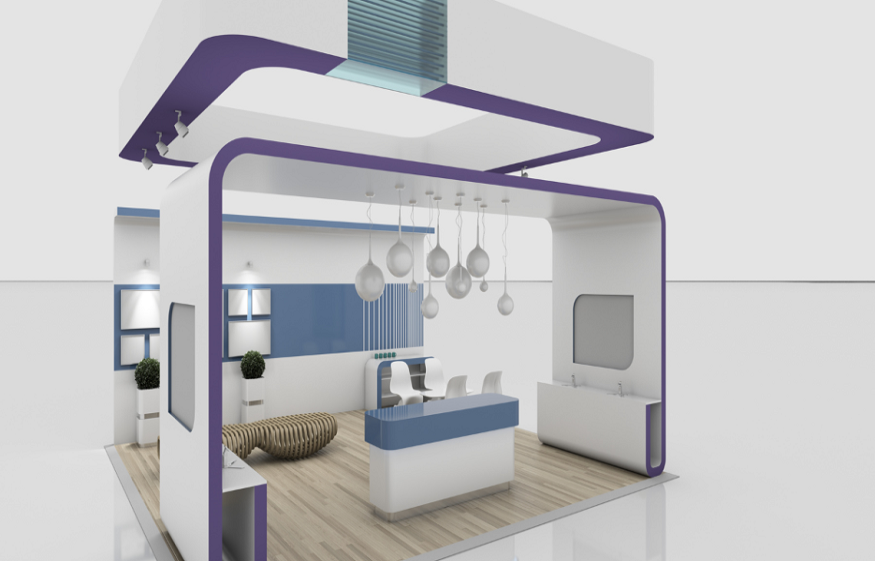In the bustling hubs of Asia’s corporate landscapes, a peculiar trend emerges – employees spending disproportionate amounts of time looking busy rather than engaging in genuine, productive tasks. This phenomenon, highlighted by a recent global survey conducted by Salesforce subsidiary Slack and research firm Qualtrics, unveils a complex interplay of cultural norms, leadership expectations, and the quest for perceived productivity. As we GET deeper into the intricacies of this trend, it becomes evident that the traditional metrics used to judge productivity based on visible activity may be inadvertently fueling this facade of busyness.
Work Culture in Asia
The Quest for Visibility
In the pursuit of productivity, leaders often rely on visibility and activity metrics as the yardstick for assessing their workforce’s performance. Metrics such as the number of hours spent online or the frequency of email interactions become proxies for productivity, shaping the work culture within organizations. However, this emphasis on visible activity creates a pressure cooker environment where employees feel compelled to demonstrate constant engagement, even if it means prioritizing performative tasks over substantive work.
The Asian Perspective
Asia, with its diverse array of cultures and work philosophies, presents a unique landscape for this phenomenon to unfold. Countries like India, Japan, and Singapore lead the pack, with a significant portion of their workforce dedicating substantial time to performative work. In India, a staggering 43% of employees report spending their time on tasks aimed at appearing busy, according to the survey findings. Similarly, Japan and Singapore follow closely behind, with 37% and 36% respectively.
The Toll on Productivity
While the facade of busyness may create an illusion of productivity, the reality paints a starkly different picture. Despite the emphasis on visible activity, productivity metrics often stagnate or even decline as employees prioritize the appearance of work over meaningful contributions. This disconnect between perception and reality underscores the need for a paradigm shift in how productivity is measured and cultivated within organizations.
Redefining Productivity
As organizations grapple with the complexities of modern work dynamics, there is a growing realization that traditional metrics may fall short in capturing the true essence of productivity. Employees yearn for a shift towards outcome-based evaluations, where the focus lies not on visible activity but on tangible results and contributions toward organizational goals. Conversations with managers, key performance indicators, and a nuanced understanding of workflow dynamics emerge as preferred alternatives to the rigid constraints of visibility metrics.
Embracing Asynchronous Work
Amidst this quest for authenticity and productivity, the allure of asynchronous work emerges as a beacon of hope. As remote work becomes increasingly prevalent, the traditional boundaries of time and location dissolve, paving the way for a more flexible and inclusive work culture. More than half of respondents in the survey express a preference for flexible schedules, highlighting the growing demand for autonomy and work-life balance.
Conclusion
The narrative of employees in Asia spending excessive time looking busy at work serves as a poignant reflection of broader trends shaping the modern workforce. By re-evaluating the metrics used to judge productivity and embracing innovative solutions like Controlio, organizations can navigate this landscape with greater clarity and purpose. As the pursuit of productivity evolves, let us chart a course toward a future where authenticity, collaboration, and meaningful work take precedence over the mere appearance of busyness.




